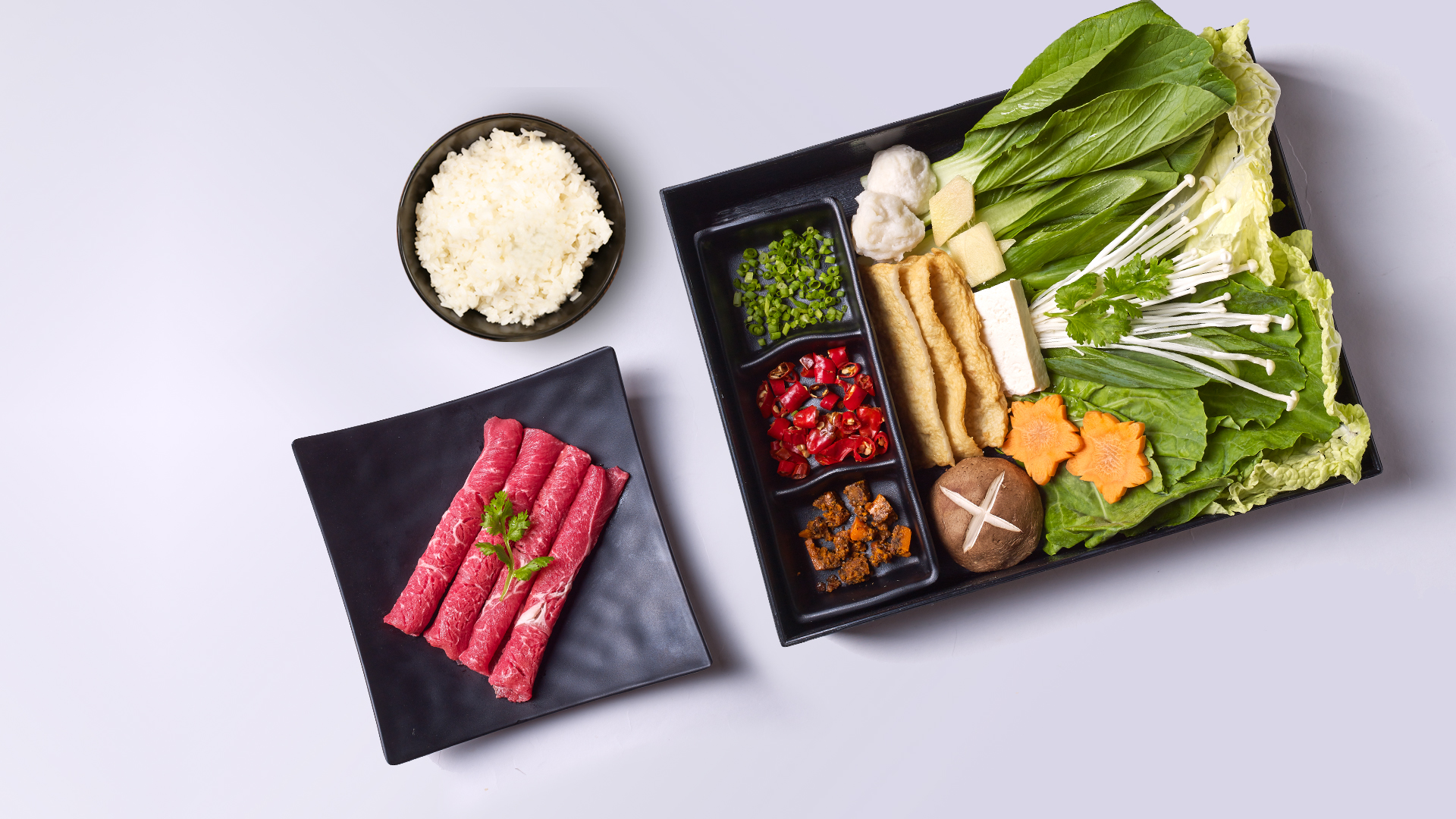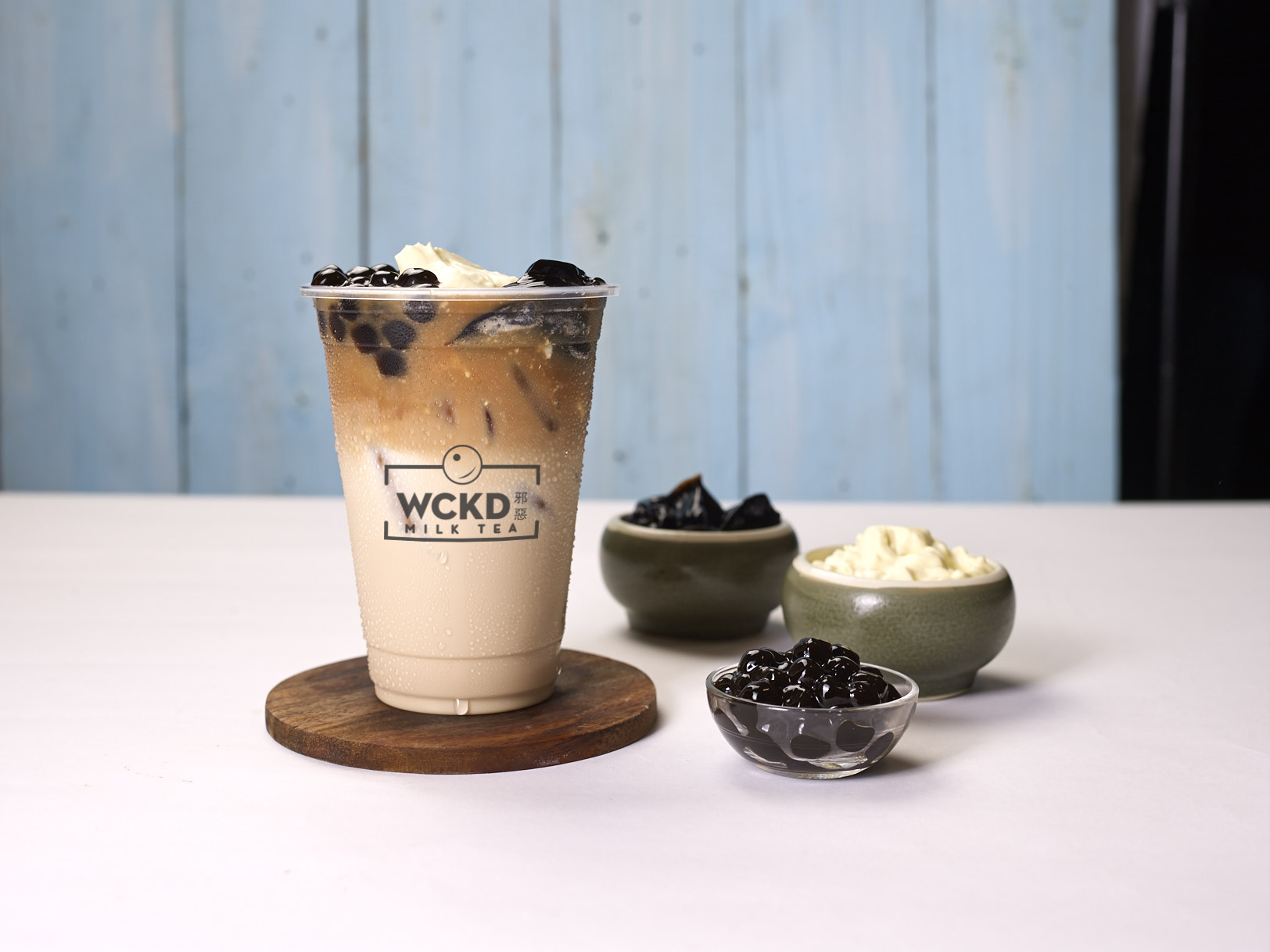Food halls are popular because of the variety they offer. From international cuisine to local dishes, food halls differ from food courts in that the latter mostly incorporates fast food chains as part of their choices. With food halls continuously coming up with options that cater to diverse palates, what’s the best way to come up with the ideal merchant mix?
My South Hall, the recent collaboration between The Bistro Group and Josh Boutwood located at S Maison, is an example of how to navigate the tricky terrain of making culinary choices with customer appeal. With hip and modern interiors characterized by orange and teal accents, wooden touches, and comfortable couches, the food hall offers a dining experience that is both classic and contemporary at once.
Boutwood wanted the concept to showcase the different culinary heritages in the Philippines. “Honestly, it’s more like what we enjoy eating. This whole spread here is food that I’d love to eat when I’m not cooking,” says Boutwood.
In selecting the merchant mix of My South Hall, Boutwood notes that besides considering what he, his friends, and his family loved to eat, he also took into account what was popular, market-relevant, and “now,” giving the hall both a personal touch and a level of relatability.

The hall’s Japanese food selection includes Tabemashou’s sushi, skewers, ramen, and its recently added tempuras. One of Boutwood’s go-to comfort food is Chinese so he added Roast’d’s Chinese-style roasts of pork, duck, and chicken and Golden Treasures’ noodles, rice, and dumplings to the roster.
Other merchants include all-American establishment Chix and an Italian standout in Roma. Boutwood also thought it best to put in beverage choices such as juices from South Korean fresh fruit juice bar Juicy (which boasts over 800 outlets in its homeland) and Taiwanese milk tea from WCKD.
The evolution of food halls can be attributed to the kind of merchants working in the scene—what best perks the tastebuds of diners and what will make their dining experience memorable enough to keep them coming back.
“I’ve lived here long enough [to know that] my palate is more Filipino than Western,” says Boutwood who has been in the country for more than 10 years now. This was integral to his decision-making process when he selected the tenants. He also wanted to make sure that the market understands the food they serve.


While hardly a form of brave experimentation, Boutwood points out that the flavor profiles available in the merchants’ dishes are made to suit Filipino tastebuds. He defines the Filipino palate as sophisticated with a level of comfort, and that their way of eating is not just about sustenance and pleasure but solace as well.
Concepts in food halls are moving towards a future where more diverse dishes will be introduced to the market. It is the nature of trends to die so keeping up with market behavior is crucial in driving growth. With eating habits and food preferences constantly changing, food that’s fresh, flavorful, and convenient will continuously be in demand.
The evolution of food halls can be attributed to the kind of attitude the merchants encourage among themselves —that is, how to understand customer tastes and how to make dining experiences memorable enough to keep them coming back.





